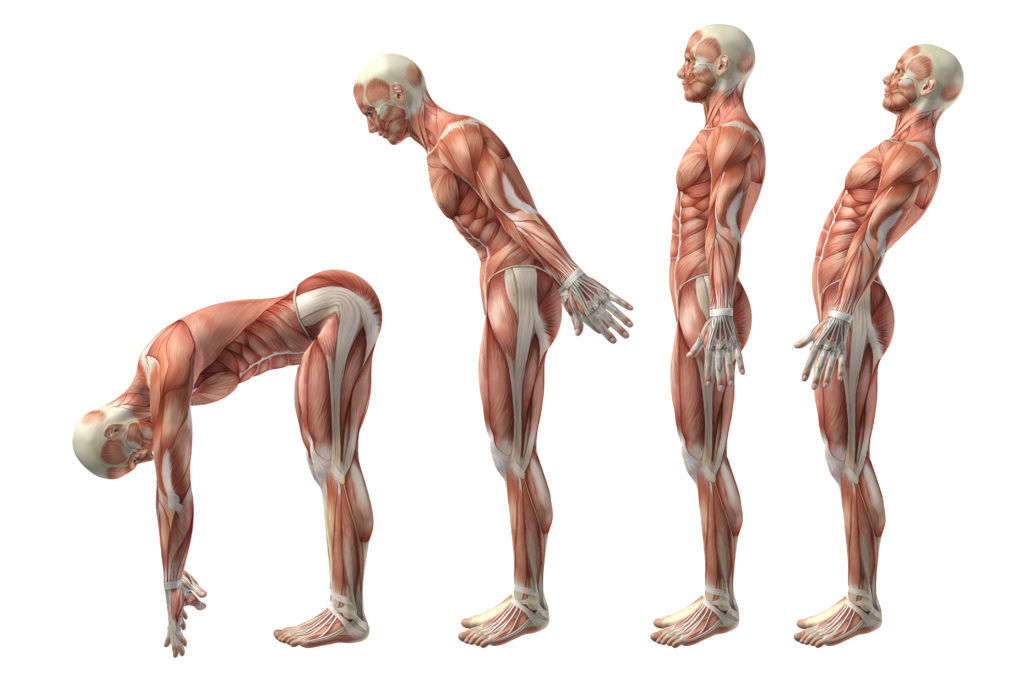By Amal Alsubaie (PhD Student at CPR Spine)
Motor control is the ability to regulate complex interactions between several components of the nervous system to initiate, direct, and organise purposeful voluntary movements. Given the anatomical and functional complexity of the spine, motor control of spinal movements is highly applicable to the concept of motor variability. In human biological systems, there is an inherited variation (lying between too much variability and complete repeatability) in both space and time to maintain or achieve functional tasks.

Repetitive trunk movements (e.g., repetitive lifting) represent an occupational risk factor since they can lead to cumulative spinal loading. Therefore, variability of spinal movement and muscle activation is important during physically demanding work tasks in order to distribute load thereby avoiding overload of the spine and spinal musculature. Further, motor variability can reduce the onset of muscle fatigue and therefore potentially prevent musculoskeletal disorders.
Recently with the emergence of a range of different mathematical approaches, researchers have used linear and non-linear tools to analyse the amount and structure of motor variability, respectively, at various levels including kinetic and kinematic components of motion, coordinative aspects of movement, as well as muscle activity and patterns of muscle recruitment.
Recent evidence suggests that motor variability may be different between asymptomatic people and patients with chronic musculoskeletal disorders. This difference has been observed for both kinematic parameters (e.g., reduced variability of spinal angular displacements) and neuromuscular variables (e.g., reduced variability of muscle activity).
The aim of this PhD thesis is to evaluate kinematic variability of the trunk in people with and without chronic non-specific low back pain (LBP) using various mathematical approaches and to better understand the mechanisms underlying differences in kinematic variability between individuals. In order to pursue the aim of this thesis, four studies will be conducted. The first is a systematic review which aims to explore the existing evidence to determine whether kinematic variability is altered in people with chronic non-specific LBP compared to asymptomatic people during both repetitive non-functional and functional tasks. The second study is an observational study that uses a novel method of measuring movement variability (helical axis) to analyse spinal kinematic variability (thoracolumbar and lumbosacral) during repetitive trunk movements in three different planes and speeds of movement. The third and fourth studies are observational studies aiming to assess the effect of a repetitive lifting task and a tracking task, respectively, on trunk kinematic variability using linear measures. In addition, the three observational studies will examine differences in trunk muscle activity between those with and without chronic LBP and will evaluate the association between spinal kinematic variability and clinical features in people with chronic LBP.
